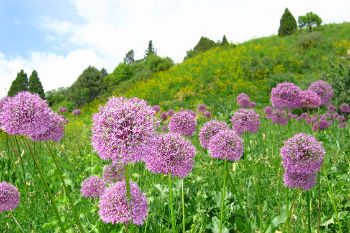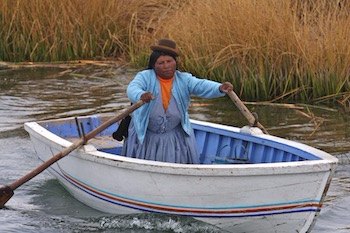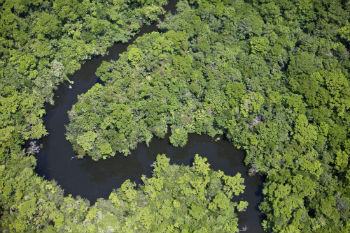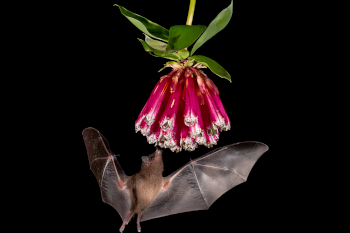Main menu
CEPF is a joint initiative of l’Agence Française de Développement, Conservation International, the European Union, Fondation Hans Wilsdorf, the Global Environment Facility, the Government of Canada, the Government of Japan and the World Bank. A fundamental goal is to ensure civil society is engaged in biodiversity conservation.
Visitez le site français コア情報の日本語翻訳を読むOr use Google Translate to translate the English site to your language:
GTranslate
Something to 'shell'ebrate
The return of the Myanmar roofed turtle
By: Jack Tordoff, CEPF Managing Director
23 May 2016
23 May 2016
At one point in time, Myanmar roofed turtles (Batagur trivittata) dotted the shoreline of the Chindwin River. Over the past several decades, however — due largely to egg overharvesting by the local people — the specie’s numbers have significantly decreased. Today, the Myanmar roofed turtle is the second rarest turtle species on Earth.
Two years before Myanmar (Burma) transitioned to a civilian government, CEPF began giving grants to civil society groups active in the country. One such group is the Turtle Survival Alliance (TSA), which focuses on protecting endemic and threatened tortoises and freshwater turtles.
At one point the Myanmar roofed turtle was feared extinct, but then in 2002, a tiny population — fewer than 10 adult females and a small number of males — was discovered. TSA and its partners went to work protecting the turtles’ nesting sites and transferring eggs to a secure facility where they were safe from dogs, wildlife and people.
In 2013, while the adult females continued to lay eggs, the number that were fertile began to decline. In 2014, only a single egg hatched, while, in 2015, no eggs were fertile. The last wild adult males, it was thought, either died or had become infertile in or around 2013.
Fortunately, with support from CEPF, a full-scale recovery effort for the species was underway. Captive facilities were established, where turtle hatchlings could be “head started,” or raised to a large enough size that they were in less danger of being eaten by predators once in the wild.
Fortuitously, additional adult turtles were discovered in temple ponds maintained by Buddhist monks; these individuals helped supplement the captive population.
Batches of head-started turtles began to be released in the Chindwin, both reinforcing the wild population and increasing its genetic diversity. A second population was established in one of the river’s tributaries, Nanthalet Chaung.
Today post-release monitoring using radio telemetry indicates that survivorship is good: after dispersing from the release site, most turtles seemed to settle into a deep pool and remain there. (Females inhabit deep pools in the river and emerge during the spring to lay clutches of eggs in sandbanks, much the same way marine turtles do.)
The most encouraging result came this spring when the first batch of fertile eggs since 2013 was laid by an adult female. This suggests that one of the head-started male turtles has reached sexual maturity and successfully bred.
With 60 animals released to date and hundreds more in the captive facilities, there is hope yet that the extinction of the world’s second rarest turtle may be averted.





